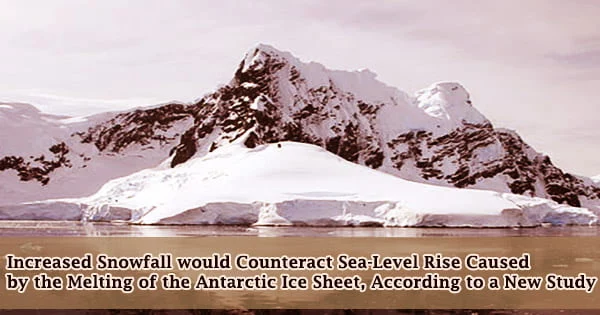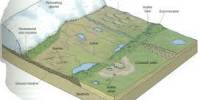Arc volcanoes, which form above subduction zones, may contain much more water than many earlier studies have estimated.
The high water content of arc magmas recorded in cumulates from subduction zone lower crust, a new paper led by authors from the Woods Hole Oceanographic Institution (WHOI) and published in Nature Geoscience, has significant implications for understanding how Earth’s lower crust forms, how magma erupts through the crust, and how economically significant mineral ore deposits form.
According to the report, the estimated water concentrations in primitive arc magmas are more varied and much greater than the average of roughly 4% water discovered in prior studies. According to the study, the findings demonstrate that primordial arc H2O survived substantial crystal fractionation in the lower arc crust.
“The big picture here is that water is essentially the lubricant of plate tectonics. The water content is going to affect all sorts of different parameters involved in how tectonic plates move,” says lead author Benjamin Urann, who was a doctoral student in the Massachusetts Institute of Technology (MIT) WHOI Joint Program in Oceanography/Applied Ocean Science and Engineering at the time of the study.
“Being able to get some idea of what the actual water content of the arc magmas is, which is what we did in this study, can help refine estimates of how much water is being subducted deep into the mantle globally; quantify different water reservoirs on Earth, including surface and deep water reservoirs; and better understand the transport between these different reservoirs,” says Urann, who is currently a National Science Foundation Ocean Sciences Postdoctoral Research Fellow at the University of Wyoming.
The consequences of water content for the formation of economically significant ore deposits, such as porphyry copper deposits, are also covered in the article, according to Urann. According to the U.S. Geological Survey, these deposits account for around 60% of the world’s copper supply.
Being able to get some idea of what the actual water content of the arc magmas is, which is what we did in this study, can help refine estimates of how much water is being subducted deep into the mantle globally; quantify different water reservoirs on Earth, including surface and deep water reservoirs; and better understand the transport between these different reservoirs.
Benjamin Urann
Many earlier investigations relied on methods like measuring lava and other volcanic deposits that have erupted to the Earth’s surface as well as melt inclusions, which are tiny droplets of magma that have been caught by crystals that form around them.
“However, these methods have inherent limitations that obfuscate the full range of H20 in arc magmas,” the paper states.
The Secondary Ion Mass Spectrometry instrument at WHOI was used by Urann and Véronique Le Roux, his Ph.D. supervisor and a co-author of the paper, to develop methods to measure the water content of minerals. Their work built on earlier research that suggested arc magmas should contain a lot more water than is implied by melt-inclusion measurements.
The scientists came to the conclusion that it would be more useful to investigate deep crustal magmas that have not lost too much of their water content rather than lava samples that have erupted to the Earth’s surface.
“Although you can’t retrieve the liquid magma at these depths, what you may be able to sample is a cumulate: it is magma that has solidified at depth in the crust. We’re lucky enough that sometimes with plate tectonics, some of those really deep crusts are exhumed at the surface,” says Le Roux, an associate scientist in the Geology and Geophysics Department at WHOI, and Faculty member of the MIT-WHOI Joint Program.
The study’s co-authors’ cumulates from the Kohistan paleo-arc terrane in the Himalaya Mountain range in northwest Pakistan were utilised by the researchers.
The researchers looked at magma lower crustal cumulates that had crystallized deep inside the crust at a high enough pressure to preserve their original water content signature rather than surface rocks that travel far up through the crust as magma and lose much of their water content in the process.
Le Roux says that “analyzing water in cumulate minerals is a new promising approach to access the deep levels of the crust in subduction zones.”
Depending on the composition of the magma, the researchers estimated that it included between 10 and 20 weight percent of water.
“While this weight percent of water had been predicted experimentally as being possible, it had never been shown on natural samples,” Le Roux said.
“The bottom line is that arc magmas can be wetter than we thought,” said Urann.
This study was supported by NSF awards to Le Roux, Behn, and Chin, funding from the Woods Hole Oceanographic Institution Ocean Venture Fund, and from the National Science Foundation’s (NSF, USA) Division of Ocean Sciences Post-doctoral Research Fellow grant to Urann;; and support from the Visiting Scholar at SCIENCE program at the University of Copenhagen, Denmark, to Le Roux.
















